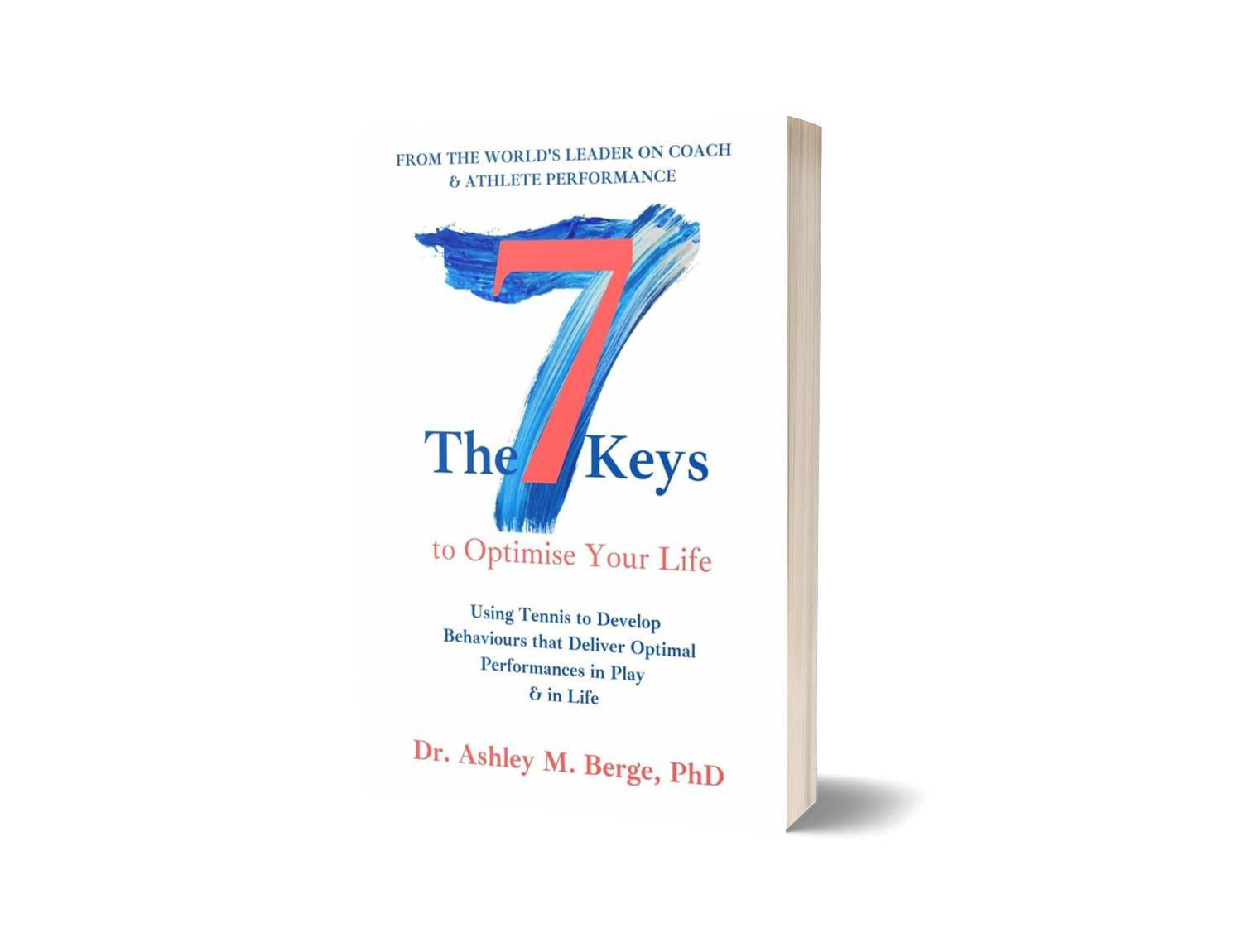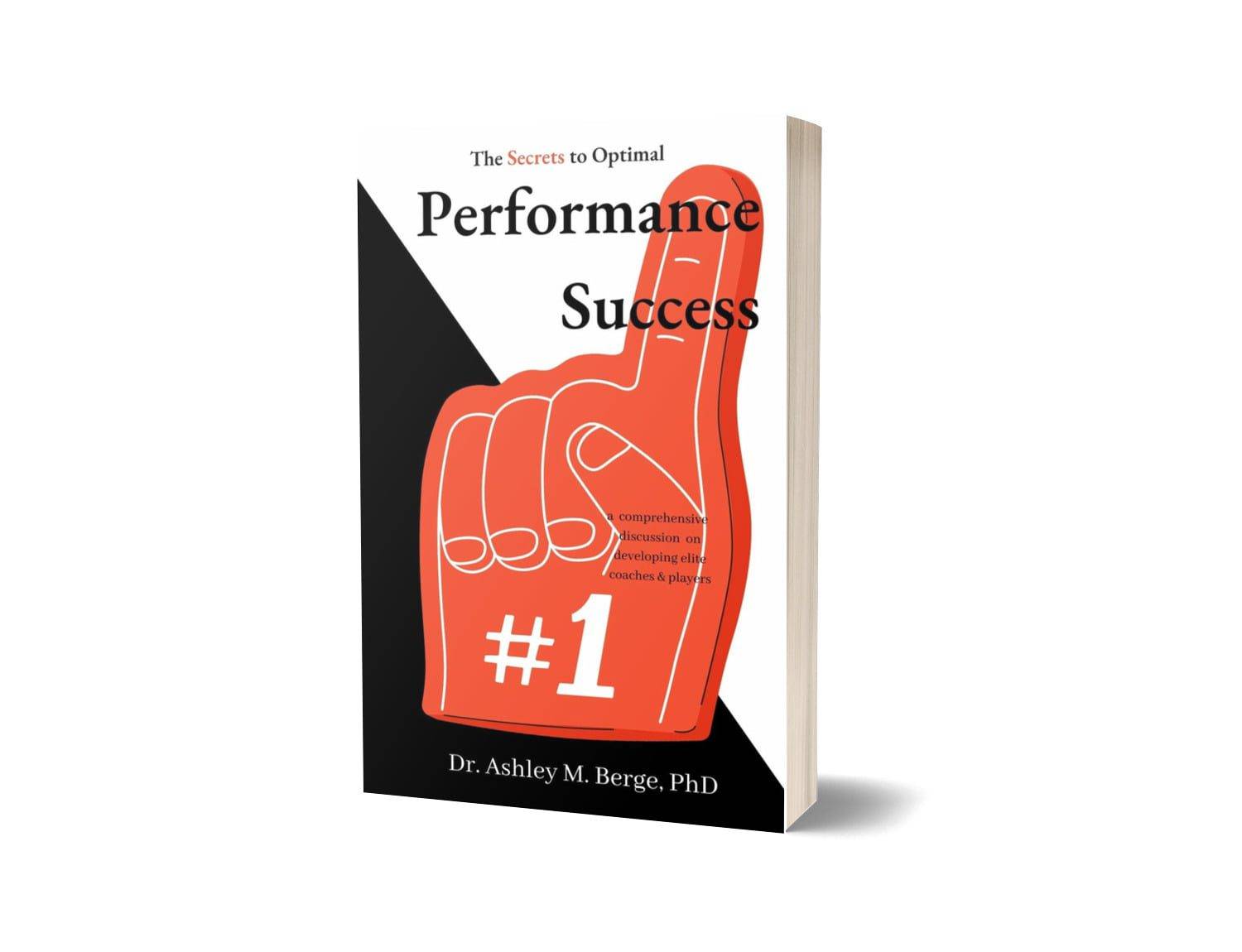
Theme 1: Setting the Foundation: The Role of Data in Modern Tennis
(00:00 – 05:00)
Dr. Ashley M. Berge opens the discussion by emphasizing how crucial data analysis has become in the landscape of modern tennis. As she points out, in today’s competitive environment, success is not purely based on physical talent or technique. Instead, data acts as a bridge between a player’s physical ability and strategic execution. She begins with an example from her ongoing work with Player A (Rank 1), discussing how specific analytics tailored to serve patternshelped this player achieve consistent dominance. Dr. Berge touches on the critical role that data has played in Grand Slam preparations, giving players insights into opponents’ tendencies and how to counteract them in real time.
Theme 2: Customizing Player Strategies Based on Data Insights
(05:01 – 10:00)
Dr. Berge dives deeper into the customization of strategies using data. For instance, she explains how Player B (Rank 3) used intricate data about their backhand performance to adjust and refine their footwork, allowing them to stay balanced during long rallies. This detailed data not only improved their backhand consistency but also increased their ability to handle high-pressure situations. She elaborates that such granular data—tracking every step, pivot, and turn—forms the backbone of strategic enhancements, enabling players to tweak specific aspects of their game that may go unnoticed in regular coaching environments.
Theme 3: Injury Prevention and Recovery: Data’s Pivotal Role
(10:01 – 15:00)
Next, Dr. Berge introduces how data is vital in injury prevention and recovery. She talks about how Player C (Rank 2), once prone to frequent muscle strains, shifted their training program based on real-time muscle recovery data. This insight allowed them to adjust intensity levels during practice sessions and take necessary recovery periods to avoid re-injury. Dr. Berge highlights how leveraging recovery data ensures that top athletes like Player C can stay on the court longer and sustain their peak form throughout the grueling season, particularly during major tournaments.
Theme 4: Building Mental Resilience Through Data
(15:01 – 20:00)
The conversation shifts to the mental aspect of tennis, where Dr. Berge explains how emotional and psychological data are integral to fostering mental resilience in players. For instance, Player D (Rank 6) has incorporated emotional feedback data to improve their on-court focus and reduce unforced errors during key moments in matches. Dr. Berge emphasizes that understanding emotional states in high-stakes situations—like championship points—can help coaches build programs that target a player’s mental weaknesses and turn them into strengths.
Theme 5: Adapting Tactics in Real Time
(20:01 – 25:00)
One of the standout segments of the episode focuses on how data-driven insights allow for real-time adjustments during matches. Dr. Berge shares an example involving Player E (Rank 5), where mid-match analytics allowed for an immediate tactical shift. By analyzing their opponent’s movement and fatigue levels, Player E adjusted their baseline play, focusing on quick cross-court shots to exhaust the opponent. The result was a rapid turnaround that led to a victory after initially trailing in the match. This example underscores the importance of real-time data in ensuring that players adapt as conditions on the court change.
Theme 6: Data-Backed Serve Innovations
(25:01 – 30:00)
Dr. Berge highlights the critical importance of serves in tennis and how data can revolutionize this aspect of the game. She discusses Player F (Rank 8), who had historically struggled with inconsistent serving. After an in-depth data analysis of their ball toss, speed, and angles, the player adjusted their technique, resulting in a more reliable first serve. Dr. Berge explains that, by optimizing the serve mechanics through data, players like Player F can improve their service game and use it as a weapon in crucial matches, particularly in Grand Slam events.
Theme 7: Training Regimens Tailored to Player Styles
(30:01 – 35:00)
Moving into player-specific training, Dr. Berge explains how data informs tailored training regimens. Player G (Rank 9) had a playing style that heavily relied on baseline rallies, but data suggested they would benefit from incorporating net play. By analyzing past match footage and training drills, Dr. Berge and her team devised a program that introduced more aggressive net approaches. As a result, Player G became more versatile, with their newfound net skills helping them during key points in Grand Slam matches. Dr. Berge highlights that customization based on a player’s natural tendencies, enhanced by data, can unlock new dimensions in their game.
Theme 8: Predictive Modeling and Opponent Analysis
(35:01 – 40:00)
Predictive modeling emerges as a recurring theme, with Dr. Berge discussing how players like Player H (Rank 4) use it to prepare for specific opponents. By studying patterns in their rivals’ play styles, players can anticipate tactics and adapt their strategies. For instance, Player H used predictive data to prepare for a top-seeded player, focusing on their opponent’s weakness in handling fast serves. This pre-match preparation gave them the edge needed to secure a vital win in the later stages of a Grand Slam tournament. Dr. Berge suggests that predictive analysis will only grow in importance as technology advances, giving players even more tools to analyze their competition.
Theme 9: Data-Driven Conditioning for Grand Slam Success
(40:01 – 45:00)
In this section, Dr. Berge emphasizes the importance of conditioning, especially for long matches and extended tournaments like the Grand Slam events. Player I (Rank 7) is used as an example, where data on stamina and endurance was pivotal in adjusting their training regimen. The player’s focus on endurance allowed them to excel in five-set matches, which are notorious for testing both mental and physical resilience. Dr. Berge notes that this kind of tailored conditioning is often the difference between success and failure in major tournaments, and data is the key to optimizing it.
Theme 10: Emotional Control and Peak Performance
(45:01 – 50:00)
Dr. Berge discusses how emotional control is essential for maintaining peak performance under pressure. Player J (Rank 3) struggled with emotional outbursts that affected their gameplay, particularly during high-stakes matches. By analyzing emotional data, Dr. Berge helped the player create strategies for managing their emotions, leading to improved focus during critical moments. The ability to maintain calm and composure during tiebreaks and match points allowed Player J to push through to victory in several significant tournaments.
Theme 11: Tactical Match Adjustments Based on Opponent Weaknesses
(50:01 – 55:00)
The discussion returns to tactics, focusing on how Player K (Rank 2) was able to exploit an opponent’s weaknesses using real-time data during a crucial tournament match. By studying their opponent’s movement and fatigue levels, Player K shifted their strategy mid-match to focus on longer rallies, knowing the opponent struggled with stamina. This tactical shift helped the player secure a victory despite a slow start. Dr. Berge underscores the importance of adaptability and how data-driven decision-making can turn the tide in high-stakes matches.
Theme 12: Data and Career Longevity
(55:01 – 60:00)
Dr. Berge highlights how data is being used to extend players’ careers, particularly for those nearing the latter stages of their professional journey. Player L (Rank 6) has made adjustments to their training, recovery, and match schedules based on data insights, allowing them to maintain a competitive edge while reducing the risk of injury. By analyzing trends in fatigue, match intensity, and recovery times, Player L has been able to tailor their approach to remain competitive in top tournaments even as they approach the twilight of their career.
Theme 13: Game-Specific Strategies for Individual Success
(60:01 – 65:00)
Dr. Berge explains that each player’s success is built upon strategies that cater to their unique playing style. Player M (Rank 5), known for their aggressive play, modified their approach based on data analysis of previous losses. By focusing on their forehand and adjusting their position on the court during rallies, the player was able to address their weaknesses and improve their overall performance. This kind of individualized approach, driven by data, is what separates top players from the rest of the field, according to Dr. Berge.
Theme 14: Mental Conditioning and Confidence Building
(65:01 – 70:00)
Mental conditioning remains a key factor in high-level tennis, and Player N (Rank 1) serves as an example of how data can improve mental toughness. Dr. Berge worked with the player to monitor their reactions during stressful match moments, helping them develop techniques to stay calm and focused. This confidence-building process has allowed Player N to perform consistently during Grand Slam finals, where pressure is at its highest. Dr. Berge believes that confidence, underpinned by data, is a fundamental component of a player’s long-term success.
Theme 15: Conclusion: The Future of Data in Tennis
(70:01 – End)
Dr. Berge concludes the episode by discussing the future of data in tennis. She envisions a landscape where data becomes even more integral to player development, match preparation, and recovery. The continuous evolution of data tools and analytics will provide players like Player O (Rank 10) with unprecedented insights into their game. As data technology improves, it will push the boundaries of what players can achieve on the court, making the game even more competitive and exciting for future generations.
Footnotes and Player Rankings:
- Player A: Rank 1
- Player B: Rank 3
- Player C: Rank 2
- Player D: Rank 6
- Player E: Rank 5
- Player F: Rank 8
- Player G: Rank 9
- Player H: Rank 4
- Player I: Rank 7
- Player J: Rank 3
- Player K: Rank 2
- Player L: Rank 6
- Player M: Rank 5
- Player N: Rank 1
- Player O: Rank 10
Note: you just read an automated summary of episode #117 — if you found this helpful and/or pieces were not as accurate as you’d like, please let us know and be mindful that intermittently these automated summaries will be shared for those of you who seek a quick snapshot of our episodes.
To learn more about our data, predictive analytics and how to optimise your own performance, head on over to AM8 International. To learn more about AM8 International check out our selection of Books and/or options to join Dr B’s Pack to gain exclusive access to the best in the world. Not quite ready? Head on over to Beyond Top 10 Tennis for free access to 100+ episodes directly from Dr Berge of what it really takes to win multiple Grand Slams to securing that Top 10 tennis ranking with new episodes each week. More? Join Dr Berge’s Newsletter on Substack, come say “hi” on Topicthread, BlueSky, X, YouTube or Instagram that may very well include quick snippets you can apply in your game, today, or even consider leaving a review on Amazon or Google.
















